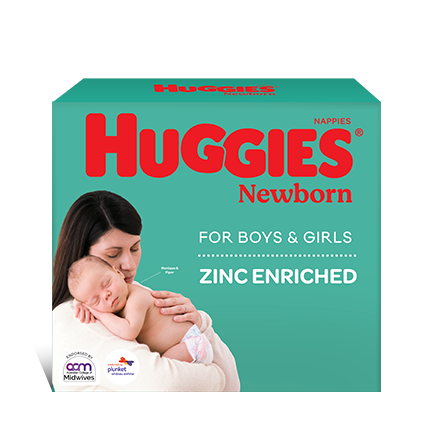The ‘fertility rate’ refers to the average number of children that are born to a woman who is a member of a particular demographic population, during her reproductive years (internationally these are nominated as the ages between 15 and 44).
The fertility rate is a social indicator applied to a particular group over a particular time period (usually over a year). It gives an idea of the average number of babies that a woman could expect to bear during her lifetime, if the current fertility rate was to continue.
The fertility rate in Australia
The fertility rate in Australia has gone through huge changes over the last few centuries, all reflecting the socio-cultural trends of the time.
The latest national fertility rate figures are available on the Australian Bureau of Statistics website and are usually released in early November for the year before.
The Australian ‘baby bounce’ fertility rate
In 2008, Australia set a new record for the number of births, with 296,600 births registered. The Australian national fertility rate jumped to 1.97 babies per woman, compared to a fertility rate of 1.92 in 2007.
This trend has been nicknamed a ‘baby bounce’ because in recent years, the national fertility rate has risen to its highest level since 1977, when the fertility rate was 2.01.
The majority of the increase in the fertility rate occurred in women who were aged between 30 and 39 years.
The national fertility rate varies quite distinctly from the fertility rate in each state.
Tasmania had the highest fertility rate, with 2.24 babies per woman, while the Australian Capital Territory had the lowest fertility rate, at 1.76.
Women in Tasmania and the Northern Territory were more likely to have their children at a younger age, with the fertility rate highest for women aged 25-29 years, however for the rest of Australia, the fertility rate was highest for women aged 30-34 years.
Trends in the Australian fertility rate
In the mid-nineteenth century, the Australian fertility rate was very high, at about 6 babies for each woman of childbearing age. However at this time, the infant mortality rate was also very high and life expectancy comparatively low.
By 1901, the fertility rate in Australia had declined to around 3.9. The fertility rate then underwent a slight rise, which is often attributed to Australia’s recovery from the 1890s Depression.
By 1921, the Australian fertility rate had declined to 3.1 and by 1934, following the Great Depression, the Australian fertility rate had reached a then all-time low of 2.1.
The ‘baby boom’ fertility rate increase in Australia
The current fertility rate, while it has increased significantly over the last decade from 1.7 in 1998 to 1.97 in 2008, is still a long way short of the huge rise in the national fertility rate following World War II.
By 1961, the fertility rate in Australia had peaked at 3.5, having climbed from the previous all-time low of 2.1 in 1934.
The baby boom is thought to have been caused by a catch-up of births postponed during the Great Depression and World War II, an increased in the proportion of women marrying and an influx of young adults into Australia as a result of post-war international migration.
For more information see Fertility.
By Fran Molloy, journalist and mum of four
Last Published* May, 2024
*Please note that the published date may not be the same as the date that the content was created and that information above may have changed since.





















